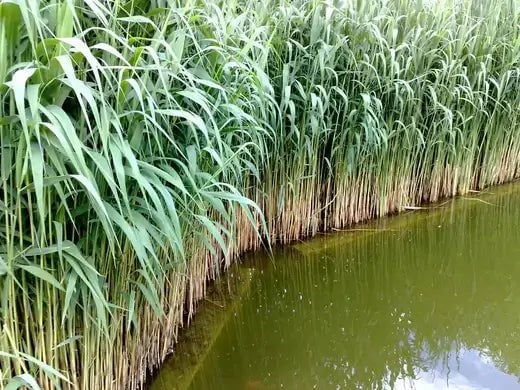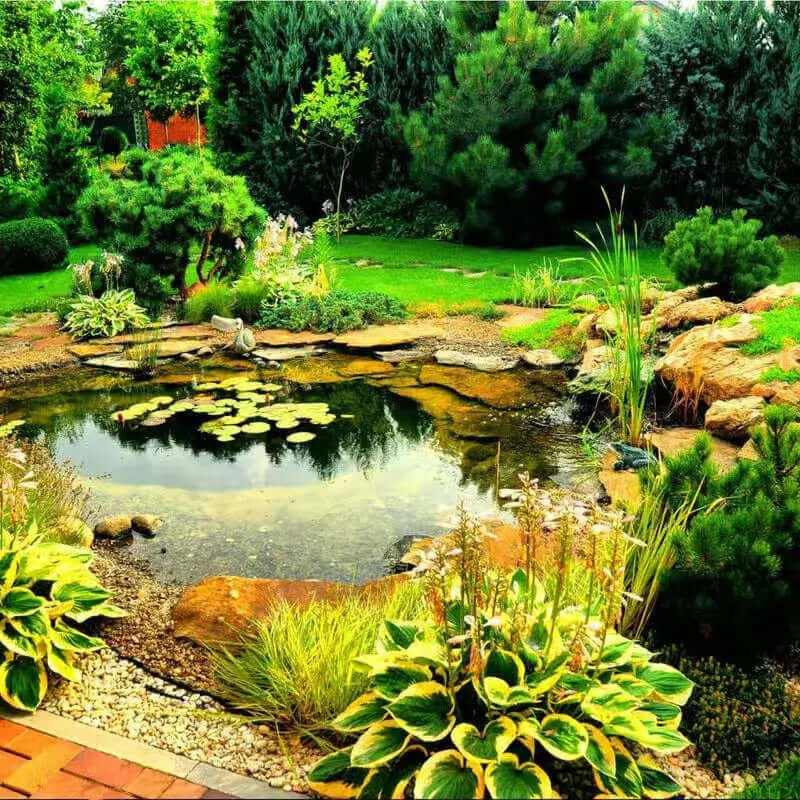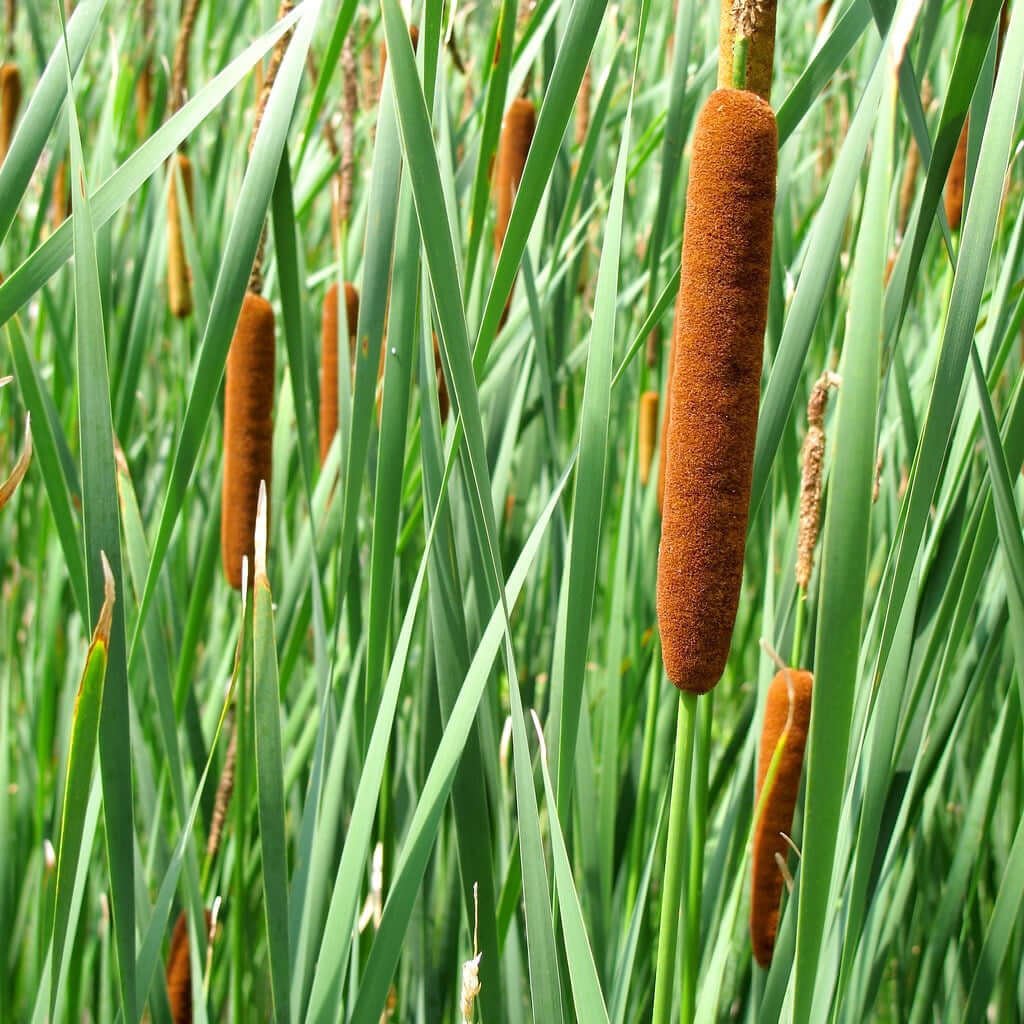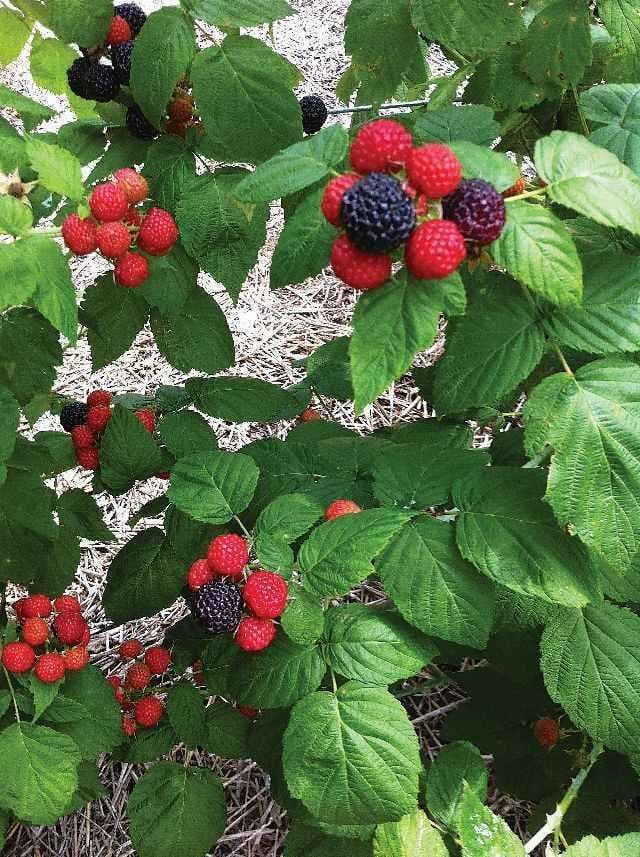Feed all sorts of animals with water plants.
Water plants are widely known to be essential in maintaining the delicate and crucial balance of nature's colorful and quaint atmosphere in nature's beautiful and diverse ecosystem. Water plants that have vitality, such as cattails, duck potatoes, bulrush, and arrow arum, offer a nutritional food element to animals such as deer and birds and attract other wildlife such as frogs, ducks, and geese. Humans have used water plants for centuries in many different forms and varieties, and their value has been of great importance in medicinal ways and other important terms. For instance, the buoyancy of cattails is known to be of great strength up to one hundred feet in depth. Water plants' importance to this planet's environment must be thoroughly celebrated and respected.
Our online nursery offers only the finest water plants for sale at the highest quality standard we have set for ourselves.
We have carefully and meticulously maintained and groomed our supply of water plants, preparing them for a long life of giving nourishment and providing beauty to whatever environment was planted. With the addition of duck potatoes and arrow arum, it's guaranteed to make the area you are decorating into an attractive place for ducks, geese, and other wildlife to come and mingle, all while adding to the beautiful element of nature and tranquility. Cattails and bulrush would be a more suitable type of plant life for a swamp-like appearance in your setting of choice. Whatever the case, our online nursery has the finest variety of water plants for sale at a comfortable and affordable price.
Differences in shapes and colors and the importance of these plants are guaranteed to turn your area into a beautiful and thriving ecosystem with a relaxing atmosphere. So come and celebrate nature by adding to your element a unique and alluring variety of plants that are guaranteed to attract some of nature's most spectacular species. We look forward to hearing from you and addressing all your online.
Native Water Plants: Enhancing the Liveliness of Your Pond.
For me, who's been taming gardens for decades, water plants are more than pretty: they are integral to any happy, peaceful yard. The key to a beautiful water garden is to plant what is native to your area and helps it. It is the native water plant that does this - it is pretty, it's balanced, and it's wildlife heaven.
Consider the Blue Flag Iris (Iris versicolor). Native to North America, this graceful shrub with its violet-blue blooms looks great on the rim of a pond or shallow water. It's quick to propagate, a magnet for bees and butterflies, even purges the water of contaminants. Another one I love is Pickerelweed also known as Pontederia cordata. The upright spikes of purple flowers float above its green leaves, and it's an opportunistic source for bees and dragonflies. It's tolerant of shallow water and it is wonderfully low maintenance, a godsend for the gardener who prefers the view over constant work.
A Balance of Form and Functionality With Water Plants
The water garden doesn't have to be a beautiful one. Native plants such as the Water Lily (Nymphaea odorata) are beautiful and practical. These floating pearls with their oval leaves and fragrant flowers shade the water and discourage algae growth. What's more, they offer hiding places for frogs and other waterfowl, so your garden really feels lively.
For deep water I'm always going with American Pondweed (Potamogeton nodosus). Its long, submerged leaves cover fish and oxygenate your pond to maintain the healthy waters. And don't get me started on the Water Willow (Justicia americana), a pretty, small white and purple flowering plant. The native plant spreads on the edge of the water and prevents erosion (an often-neglected advantage).
I have never experienced any better joy in my gardening than having a pond ecosystem that feels as though it has been there forever. When you opt for native plants, you're doing more than just creating visual interest; you're creating an environment that works for wildlife without requiring too much upkeep. There's good wisdom in collaborating with rather than against nature: an outdoor pond filled with native water plants is evidence of this balance.
CATTAIL PLANT
Scientific Name: Typha latifolia
USDA Climate Zones: 2-11
Height: 3-5 feet
Vegetation Spread Rate: Rapid
Soil Type: Damp
The common cattail is an aggressive aquatic herb that can grow to a height of 3 to 10 feet. Its leaves are green, long, and slender and grow perpendicularly to the water, with a brown, oblong-shaped flowering head. This rapid-growing plant thrives best in full sun or partial shade with damp soil and some standing water. When growing cattails, keep them contained, or they will spread rapidly.
BULL TONGUE PLANT
Scientific Name: Sagittaria lancifolia
USDA Climate Zone: 5-8
Height: 1-6 Feet
Canopy Spread: N/A
Soil Type: Prefers Moist, Muddy Soils or Sand
Sun: Prefers Full Sun to Partial Shade
The Bull Tongue Plant, or bull Tongue Arrowhead, gets its name from the distinctive arrowhead-shaped leaves that arise from an underground rhizome system. It is a perennial monocot native to Texas and the southeastern areas of the United States. The Bull Tongue regularly presents a stem of beautiful clusters of white-to-slightly pink 3-petal flowers 1-5 inches in diameter. Bull Tongue grows naturally in shallow water bodies, marshes, and swamps and makes a great addition to any water garden spot.
DEER BERRY BUSH
Scientific Name: Vaccinium Stamineum
USDA Climate Zone: 5-9
Tree Height: 3-15 Feet
Canopy Spread: 3-15 Feet
Soil Type: Prefers Sandy Soils without Lime
Sun: Prefers Full Sun to Partial Shade
The Deer Berry Bush feeds a variety of wildlife, including whitetail deer. Twisted, contorted trunks are covered in thin reddish-brown bark, which peels and shreds. One to three inches long, deciduous egg-shaped leaves are white underneath and turn red and orange during the fall. Bell-shaped flowers with clusters of yellow stamens extend beyond white petals. Pale berries appear in late spring and early summer, ranging from bluish to purple, and are sweet and spicy.
Making Your Own Water Plant Oasis at Home
Transform any living area into a peaceful natural retreat with the serene beauty of a water plant oasis. Water plants flourish in aquatic and semi-aquatic habitats while delivering exquisite greenery and tranquil surroundings. When developing your water garden, picking a container that retains water without any leakage is essential. One can use large ceramic bowls or glass vessels as ideal bases for water gardens and aquariums, which provide a practical repurpose option. A container for your water garden should match your home style and give roots adequate space to expand. A container with a stable base prevents spills and accidental tipping.
A water garden thrives when maintained with clean filtered water. To lower the risk of chemical damage to certain species, tap water should stand overnight to reduce its chlorine and other additive content. Distilled water serves as an alternative water source but does not contain beneficial minerals for aquatic plants. Although water plants usually thrive best in neutral pH levels, they may require specific pH settings, depending on the species. Monitoring plant reactions to their surroundings will help determine necessary changes to water chemistry. Water cleanliness remains essential as regular water exchanges help maintain nutrient levels and manage algae proliferation.
Selecting suitable plants for your water feature involves engaging in a creative exploration. Water lettuce and hyacinth float elegantly at the water's surface and provide a rich visual appeal without taking up much space in the container. Dwarf water lilies contribute bold bursts of color with their flowers, while their submerged roots need anchoring. Anacharis and hornwort are submerged plants that grow entirely underwater yet contribute to water oxygenation. An ecosystem that mirrors the peacefulness of a natural pond develops when you use plants that grow at different heights and layers to create visual variety.
Many water plants depend on sunlight for growth, so proper lighting becomes crucial. A window with plenty of indirect sunlight supports plant growth when containers are placed nearby because direct afternoon sunlight can be too harsh. A full-spectrum grow light will compensate for your space's lack of natural light. The condition and energy of your plants will indicate whether the current lighting setup needs modification. Finding the right balance between lighting conditions allows plants to thrive without struggling from excessive heat.
To sustain your water plant oasis, you must carefully manage its sensitive equilibrium. Discarding yellowing and decaying foliage helps preserve water quality by preventing rot. Removing excess growth from aggressive plants helps keep plants balanced and enables less dominant species to access enough sunlight. Monitoring algae buildup remains essential for plant care because it competes with plants for crucial nutrients. You can sustainably manage algae overgrowth by manually removing it or introducing algae-eating snails.
Your water plant oasis matures over time into a small aquatic ecosystem that promotes peaceful reflection and relaxation. As leaves sway at the water's surface, soft bubbles emerge from underwater stems, and aquatic creatures appear briefly, the elements merge into a dynamic living artwork. When you maintain high standards for water quality, lighting conditions, and plant maintenance, your home will host a personal water garden that brings nature's tranquil beauty indoors.
Read more
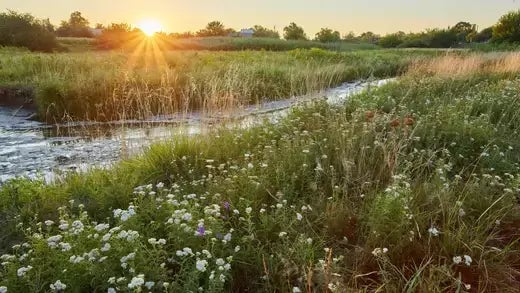
Tennessee's Top Nature Filled Attractions TN Nurseries best selling trees and plants Autumn Blaze Maple Sugar Maple Virginia Blue Bells Ajuga Wisteria Nashville is home to some of the most s...
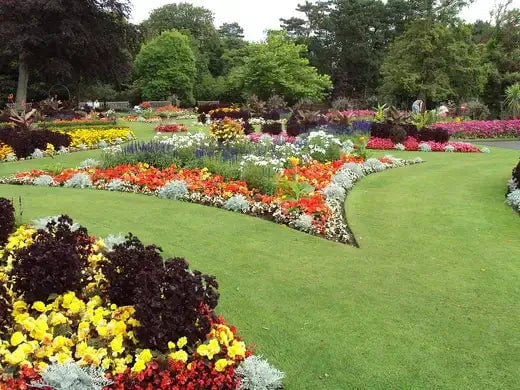
In the realm of home aesthetics, landscaping holds a paramount position. Beyond merely enhancing curb appeal, landscaping serves as a canvas for expressing personal style, creating functional outdo...


